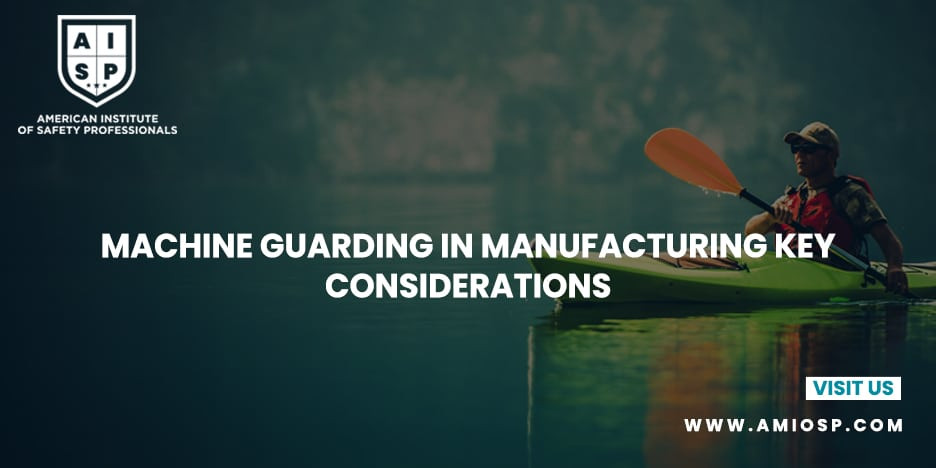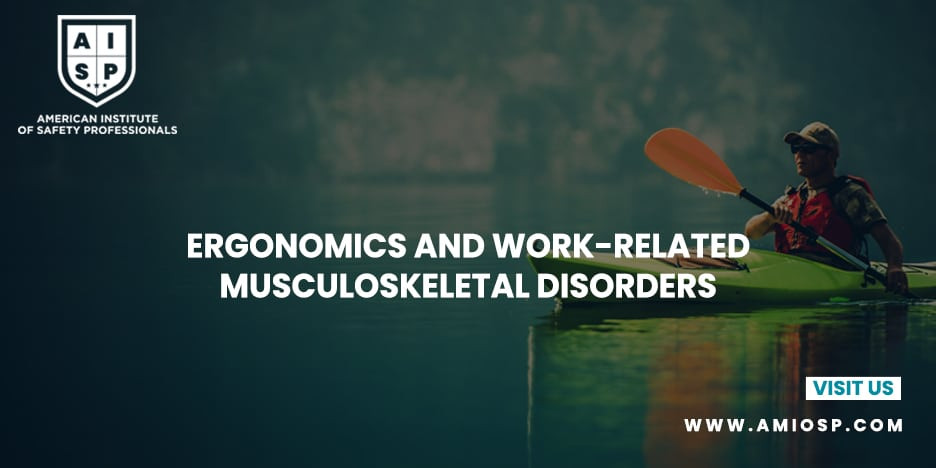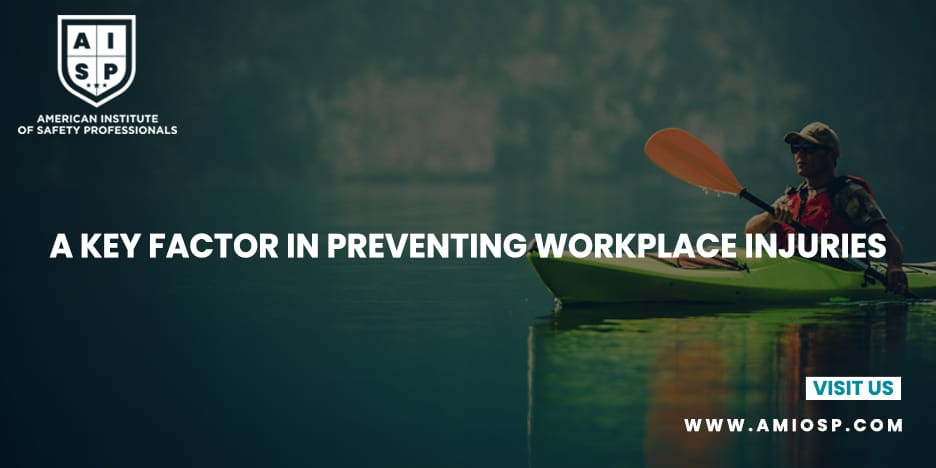Manufacturing processes involve various types of machinery that play a crucial role in achieving efficiency and productivity. However, these machines can also pose significant risks to workers if not properly guarded. Machine guarding is a critical aspect of workplace safety that aims to protect employees from hazardous machinery and prevent accidents. In this blog, we will explore the key considerations for machine guarding in manufacturing industries.
Why is Machine Guarding Important?
Machine guarding serves as a protective barrier between workers and the moving parts of machinery. Its primary purpose is to prevent direct contact with hazardous components such as rotating gears, belts, blades, and electrical systems. By implementing effective machine guarding measures, manufacturers can reduce the risk of injuries, including amputations, lacerations, crushing, and electrical shocks.
Compliance with Safety Standards
To ensure the safety of workers, manufacturers must comply with relevant safety standards and regulations. These standards provide guidelines for designing, installing, and maintaining machine guards. Examples of widely recognized safety standards include the Occupational Safety and Health Administration (OSHA) regulations in the United States and the European Machinery Directive (CE Marking). It is essential for manufacturers to thoroughly understand and implement these standards to maintain a safe working environment.
Risk Assessment and Hazard Identification
Before implementing machine guarding measures, conducting a comprehensive risk assessment is crucial. A risk assessment involves identifying potential hazards associated with specific machinery and evaluating the likelihood and severity of potential accidents. This assessment allows manufacturers to determine the appropriate types of guards and protective measures required for each machine.
Types of Machine Guards
There are various types of machine guards available, each designed to address specific risks. Some common types of machine guards include:
1. Fixed Guards: These guards are permanently attached to the machine and provide a physical barrier, preventing access to hazardous areas. They are typically used for machines with consistent operating processes.
2. Interlocked Guards: Interlocked guards are designed to stop the machine's operation when the guard is opened or tampered with. They ensure that the machine cannot be started or operated until the guard is securely in place, minimizing the risk of accidental contact with hazardous components.
3. Adjustable Guards: These guards can be adjusted to accommodate different machine setups or various production requirements. They offer flexibility while maintaining adequate protection for workers.
4. Presence-Sensing Devices: These devices use sensors to detect the presence of a worker near the machine. If a worker gets too close to the hazardous area, the machine's operation is automatically stopped or slowed down, preventing accidents.
5. Self-Adjusting Guards: Self-adjusting guards move according to the size or shape of the material being processed. They ensure that the hazardous parts of the machine are always adequately guarded, regardless of the material being worked on.
Training and Education
Implementing machine guards alone is not enough to ensure workplace safety. Proper training and education for workers are essential to create awareness about the hazards associated with machinery and how to use guards effectively. Workers should be trained on the importance of machine guarding, how to identify potential hazards, and how to safely operate machinery with guards in place. Regular refresher courses should be conducted to reinforce safety protocols.
Maintenance and Inspections
Machine guarding systems should be regularly inspected to ensure they remain in good working condition. Any damaged or malfunctioning guards should be repaired or replaced promptly. Additionally, routine maintenance of machinery is essential to identify any potential hazards that may arise due to wear and tear.
Continuous Improvement
Safety should be an ongoing commitment in manufacturing industries. Regularly reviewing and improving machine guarding measures is crucial to adapting to changing manufacturing processes and technologies. Employers should encourage workers to report any safety concerns or suggestions for improvement. By fostering a culture of safety and continuous improvement, manufacturers can minimize the risk of accidents and create a safer work environment for their employees.
Conclusion
Machine guarding is an integral part of manufacturing safety that cannot be overlooked. By implementing appropriate machine guarding measures, complying with safety standards, conducting risk assessments, and providing adequate training, manufacturers can protect their workers from machinery-related hazards. Prioritizing workplace safety not only reduces the risk of accidents but also enhances productivity and contributes to a positive work environment. By taking proactive steps towards machine guarding, manufacturers demonstrate their commitment to the well-being of their employees and the success of their business.












0 comments
No Comments